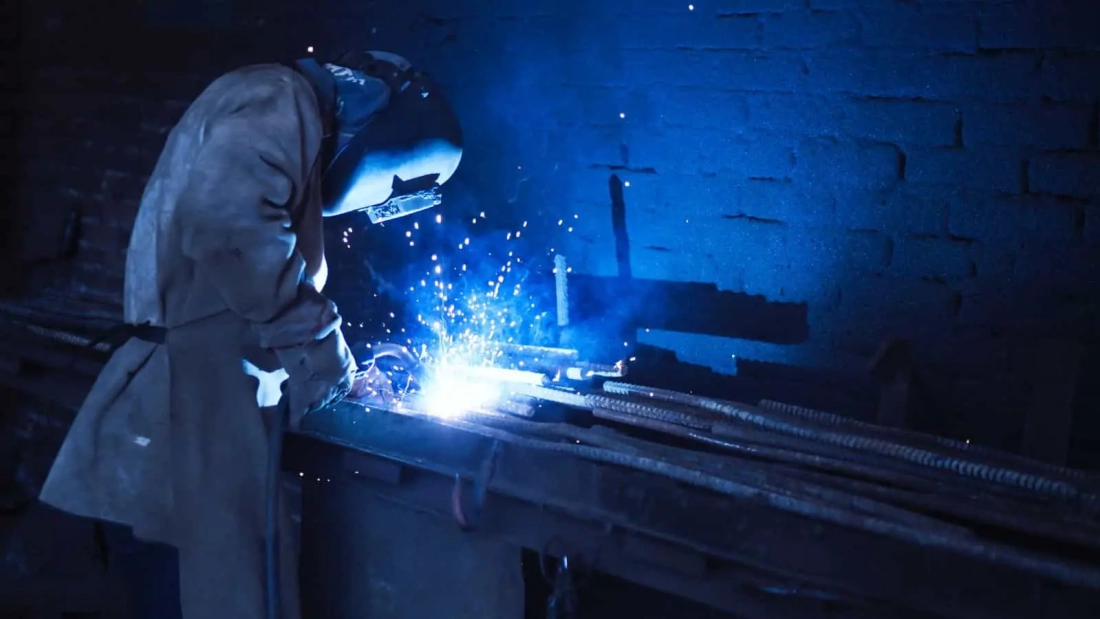Introduction
Welding is a cornerstone of modern industry, critical in sectors ranging from construction and automotive to aerospace and shipbuilding. Ensuring the quality and reliability of welded joints is paramount, and this is where ISO 3834 comes into play. This international standard outlines the quality requirements for fusion welding of metallic materials, providing a framework for achieving consistent and high-quality welds.
Scope of ISO 3834
ISO 3834 applies to a wide range of industries, including construction, automotive, aerospace, and manufacturing. It covers various metallic materials such as steel, aluminum, and titanium. The standard is comprehensive, addressing different aspects of the welding process to ensure uniformity and reliability across different applications.
Key Components of ISO 3834
Quality Requirements
The core of ISO 3834 revolves around stringent quality requirements that must be met throughout the welding process. This includes material selection, preparation, and the actual welding procedures.
Welding Personnel
Qualified personnel are crucial for maintaining high welding standards. ISO 3834 mandates specific qualifications and training for welders and welding coordinators to ensure they are competent in their roles.
Equipment and Procedures
Proper equipment and standardized procedures are essential for consistent weld quality. ISO 3834 outlines the necessary specifications for welding equipment and detailed procedures that must be followed.
Benefits of Implementing ISO 3834
Improved Quality and Consistency
Adopting ISO 3834 leads to higher quality welds and greater consistency in production. This reduces the risk of defects and enhances the overall durability and performance of welded structures.
Enhanced Safety
By adhering to 3834, companies can improve safety standards, minimizing the risk of welding-related accidents and ensuring a safer working environment.
Competitive Advantage
Certification to ISO 3834 can provide a competitive edge in the marketplace, demonstrating a commitment to quality and professionalism that can attract new business opportunities.
Part 1: Criteria for the Selection of the Appropriate Level of Quality Requirements
Overview
Part 1 of ISO 3834 provides criteria for selecting the appropriate level of quality requirements based on the complexity and criticality of the welding work.
Selection Criteria
Factors considered include the type of material, the intended use of the welded product, and the required level of inspection and testing.
Part 2: Comprehensive Quality Requirements
Detailed Requirements
Part 2 outlines comprehensive quality requirements, including detailed specifications for welding procedures, personnel qualifications, and quality control measures.
Documentation and Records
Extensive documentation and record-keeping are essential components, ensuring traceability and accountability throughout the welding process.
Part 3: Standard Quality Requirements
Key Aspects
Part 3 specifies standard quality requirements that are less stringent than those in Part 2 but still ensure adequate control over the welding process.
Application in Industry
This part is suitable for industries where the welding work is less complex, but quality still needs to be maintained.
Part 4: Elementary Quality Requirements
Basic Requirements
Part 4 covers elementary quality requirements, designed for simpler welding tasks that do not require extensive documentation or controls.
Suitability for Small Operations
This part is ideal for small businesses or operations where the welding work is straightforward and less critical.
Part 5: Documents with which it is necessary to conform to claim conformity to the quality requirements
equired Documents
Part 5 lists the specific documents required to demonstrate conformity with Parts 2, 3, or 4. This includes records of welding procedures, personnel qualifications, and inspection reports.
Importance of Documentation
Maintaining thorough documentation is crucial for compliance and serves as evidence of adherence to the standard.
How to Get Certified for ISO 3834
Certification Process
The certification process involves several steps, including a preliminary assessment, documentation review, and on-site audits. Companies must demonstrate compliance with the relevant parts of ISO 3834.
Choosing a Certification Body
Selecting a reputable certification body is important to ensure the certification process is thorough and credible. Look for bodies accredited by recognized organizations.
Conclusion
ISO 3834 is a critical standard for ensuring the quality and reliability of welded metallic materials. By adhering to its comprehensive requirements, companies can achieve higher standards of safety, consistency, and performance in their welding operations. Whether for large-scale industrial applications or small business operations, ISO 3834 provides a robust framework for excellence in welding.

